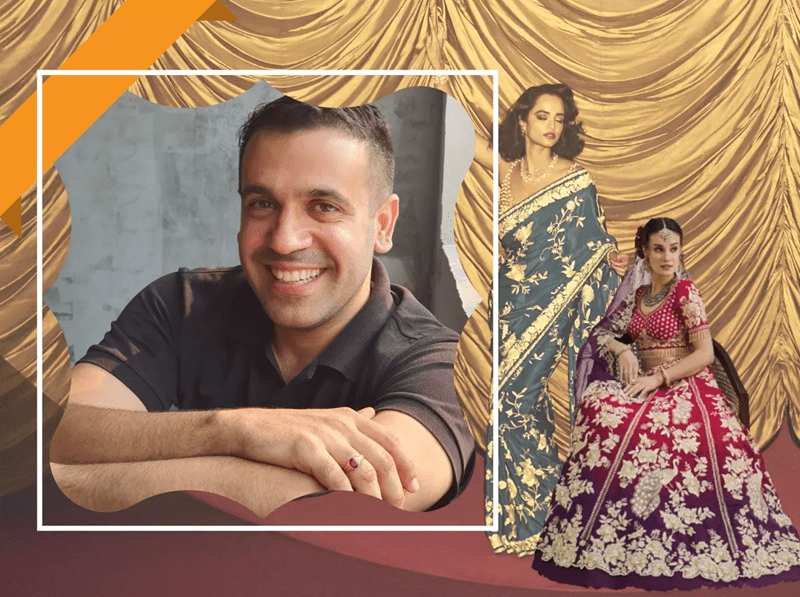Lilaowala started playing with different motifs and embroidery techniques, and began to use them in contemporary ways in fabrics like chiffon and nets too. For example, his leitmotif is the crane motif, which is drawn from Chinese narratives and not Persia. Highlights The Gara (garo) is a Gujarati word for sari.
Article by Namrata Zakaria | News 9
As traders, Parsis began to travel to China in the early 19th century, becoming very wealthy and influential. Their elaborate clothing, opulent embroideries in fine silks, was meant to reflect their newfound status. They brought back porcelain, antiques and beautiful fabrics. Thanks to their travels, gara saris see a happy mix of Persian, Chinese, Indian and European craft traditions. ‘The Aesthete’ is a weekly column by journalist and editor Namrata Zakaria, illuminating the best in Indian style and design. *** Among all the embroidery techniques of India, among the most uncommon is the gara embroidery. It is fine silk thread work, known in north India as resham ka kaam, almost always made using a single strand and filling in an entire motif as if it were paint.
Gara saris are the signature of the ever-dwindling Parsi community of India, and designer and historian Ashdeen Lilaowala is determined not to let the craft fade. Also Read – #WhatsTrending: Rasgulla chai is the new weird food combination in Kolkata “The traditional gara has no clear definition as it was an evolving craft. It’s hand done and the figures are always flora and fauna. It is very artistic, not abstract, nor simplified. The embroidery comprises a lot of shading and accuracy, and the detail is what makes it beautiful. Gara embroidery is often called painting with a needle,” the 42-year-old designer behind the ‘Ashdeen’ label says.
Parsis migrated to India from Persia (now Iran) after facing religious persecution in the 7th century. They arrived in Gujarat and settled along the west coast of India. The Gara (garo) is a Gujarati word for sari. As traders, Parsis began to travel to China in the early 19th century, becoming very wealthy and influential. Their elaborate clothing, opulent embroideries in fine silks, was meant to reflect their newfound status. They brought back porcelain, antiques and beautiful fabrics. Thanks to their travels, gara saris see a happy mix of Persian, Chinese, Indian and European craft traditions.

